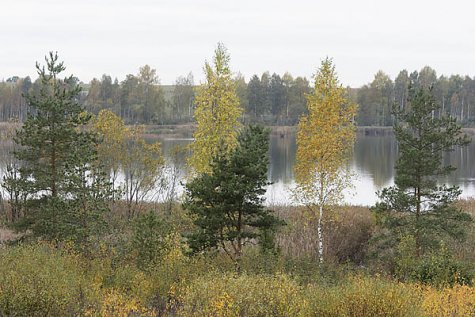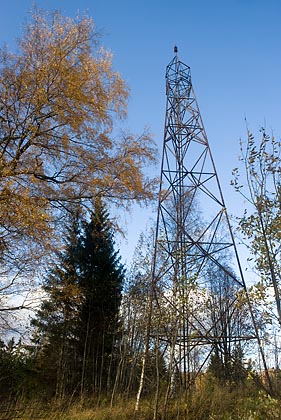Less and less of golden birches
Photos: Arne Ader
Translation:SilverT
Lake Soitsjärv. Vooremaa
Downy birch; moor birch Sookask Betula pubescens
Silver birch Arukask Betula pendula
For the night of last Friday, an autumn storm was forecasted, with north-western winds blowing as fast as 25 m/s, marking the end of the longlasting golden autumn.
By now, it is easy to separate the downy birch from the silver birch by their foliage. Downy birches are almost bare, while silver birches still have part of the leaves.
Downy birches grow slower, their trunks often have bends, branches are short, the crown often has „witch`s brooms“ and most importantly, the bark remains white and smooth and stands out from distance. On older trees, only the lower part of the trunk is covered with a darker scab.
As suggested by the name, downy or moor birches prefer moist places as growing areas and can tolerate truly wet bog soils and open, windy growing areas.
Birches make up 30% of all Estonian forests, making them the most important trees in our forests.
Silver birches grow to be mighty trees. Straight trunk, minimum shrinkage towards the top. The trunk of older trees is covered with a blackish, rough scab; higher up the tree, the bark is whitish and scaling. Leaves appear triangular and have a long sharp tip. The seeds of silver birch ripened in August and fell from the trees a bit earlier than the seeds of the downy birch.
Downy and silver birches create lots of hybrids between each other, which is why we may find trees with intermediate characteristics – even botanists need to work harder to distinguish them and weigh all differentiating aspects. Chromosome analysis gives the best answer nowadays.
A triangulation tower and birches










